Ginger (Zingiber officinale)
Did you know that India is the largest producer of Ginger (Zingiber officinale) in the world though not its largest exporter, and it is the underground perennial stem (rhizome) of a medicinal herb and spice?
Ginger, also Shunti in many Indian languages, consists of dried rhizome of Zingiber officinale Roxb, widely cultivated in India as its largest producer in the world but not its largest exporter. It is a flowering plant in the family Zingiberaceae whose rhizome, ginger root or ginger as it is known in English language, is widely used as a spice and a folk medicine.
Ginger is known as an ancient Tamil root, ‘ingiver’, meaning ginger rizome, also known in Prakrit (Middle Indic) ‘singabera’, from Sanskrit ‘srngaveram’. It was spread through Arab traders from Medieval Latin gingiber, from Greek zingiberis, Old French gingibre, and from Old English gingifer, and said to be a pre-Dravidian word known in 20 languages, and with different names for fresh ginger and dried ginger in some languages and put to separate distinct uses. It was exported from the Malabar coast on the southern peninsular coast of India since 2nd century AD. In the middle ages it was on the privileged list of goods in the European market. In the 13th and 14th centuries, it was next to pepper, and was the commonest and most precious of spices costing as much as price of a sheep.
In the Indian languages, ginger plant is known as Adrak (अदरक) in Hindi, Ada in Bengali and Assamese, Adrak in Punjabi, Shunthi (ಶುಂಠಿ) in Kannada, , Allam in Telugu , Inji (இஞ்சி) in Tamil, Adhu in Gujarati. Western world considered it as the choicest delicacy during the middle ages In Zanzibar in the east coast of Africa it is regarded as auspicious. Ginger was recommended against plague in England and that is how at that time Ginger Bread became popular and was in fact a favorite of Queen Elizabeth I and also in her court. The legend is that around 2400 BC, a baker on the Isle of Rhodes near Greece prepared the first Ginger bread. Shortly thereafter the recipe found its way to Egypt, where the Egyptian savoured its excellent flavour and served it in ceremonial occasions. The Romans served it in all parts of its empire. In England there was also a custom of sprinkling ginger powder on beer in middle ages. In India, it was more known as ‘Mahaoushada’ and ‘Vishwabheshaja’, literally meaning the great cure or great medicine rather than as a spice. Ginger thus as a medicinal plant and spice, in the medicinal traditions of India and China is a large armamentarium of plants in their pharmacopoeias. It is used throughout the world in both subtropical and tropical countries. This tractional medicine, a home remedy has found modern acceptance as a nonprescriptive drug throughout the world as a cure for nausea and vomiting associated with pregnancy and for the prevention of travel and sea sickness.
Ginger, the underground stem (rhizome) of a perennial herb, is among the earliest recorded spices to be cultivated and exported from southwest India (Malabara coast), and is grown now throughout the world. It is grown in a warm, humid environment, at an elevation between 300 and 900 m (1,000 and 3,000 ft), and in well-drained soils at least 30 cm deep.
Ginger is a herbaceous perennial which grows annual pseudostems (false stems made of the rolled bases of leaves) about one meter tall bearing narrow leaf blades. The ‘inflorescences bear flowers having pale yellow petals with purple edges, and arise directly from the rhizome on separate shoots. The knobby rhizome is dug up when the 1 meter tall leaves and stems of the plant wither, which occurs between 6 and 12 months after planting. The plant produces clusters of white and pink flower buds that bloom into yellow flowers. Because of its aesthetic appeal and the adaptation of the plant to warm climates, it is often used as landscaping around subtropical homes. Traditionally, the rhizome is then prepared for market by either scalding, to produce black ginger, or by scraping and washing to produce white ginger. Raw ginger is composed of 79% water, 18% carbohydrates, 2% protein, and 1% fat.
In Ayurveda, the traditional Indian medical discipline, ginger enters in the preparation of many Ayurvedic formulations. In the United States and Europe, ginger preparations are sold as nutraceuticals or over-the-counter remedies against nausea, motion sickness, and migraine. Saubhagya Sunthi Lehyam (pak) is a popular ginger based ayurvedic product, a herbal jam used in post natal care. It strengthens the uterus and prevents the diseases arising due to improper management of post natal care. It is the nectar for the lactating mother and hence popularly known as ‘baananti lehya’ ( ಬಾನಂತಿ ಲೇಹ್ಯ) and is said to take complete care of post-natal period.
As a fragrant kitchen spice, young ginger rhizomes, juicy and fleshy with a mild taste, is often pickled in vinegar or sherry as a snack or cooked as an ingredient in many dishes. They can be steeped in boiling water to make ginger herb tea, to which honey may be added. Ginger can be made into candy or ginger wine. Mature ginger rhizomes, which are fibrous and nearly dry is often used as a seasoning in Indian recipe. It is used as a summer drink in South India with yogurt, with ginger as a key ingredient, along with green chillies, salt and curry leaves.
Essential oil is obtained by steam distillation of ginger, while oleoresins are obtained by solvent extraction. Therefore, essential oils contain the volatile fraction of the spice, while the oleoresins contain the volatile fraction, as well as components that are soluble in the solvent used in the extraction process. Gingerols are responsible for the ginger pungency, with gingerol being the most abundant, Ginger Oil is used as cure for nausea, muscle pain, arthritis pain, and for weight Loss.
In 2019, India was ranked number 1 in Ginger Production with 996,041 Metric Ton, with 39 countries competing in the field.
To sum up, Ginger which provided primary health care in ancient India can be said as a super spice as it improves human immune system, fights bacteria and viruses. It even has anti-cancer properties.
– Narsipur Char

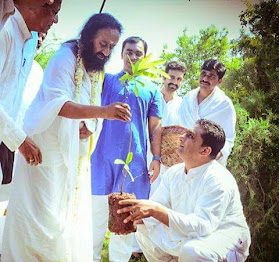



























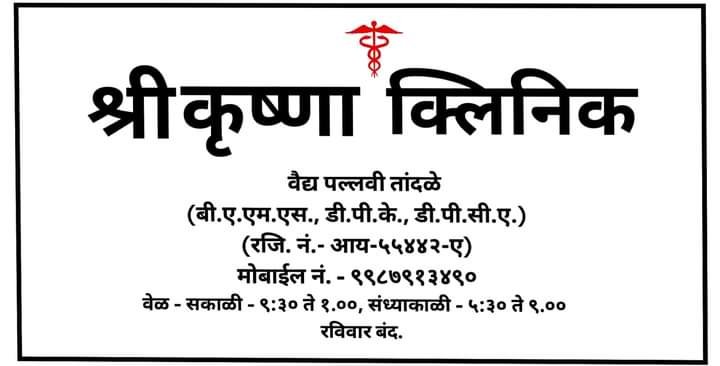












































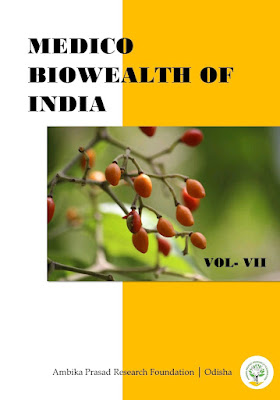
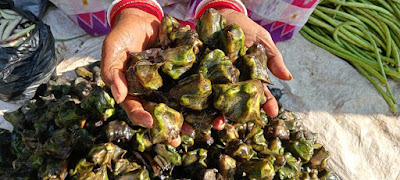

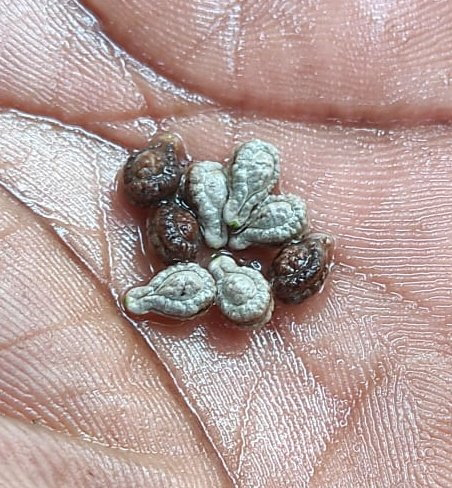
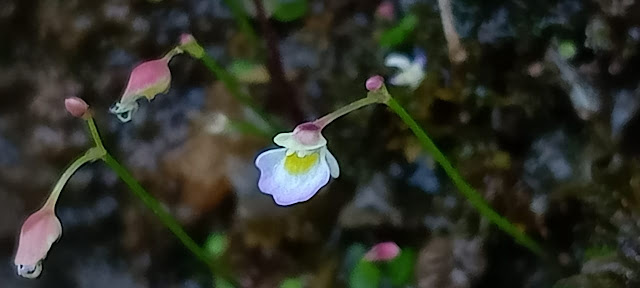
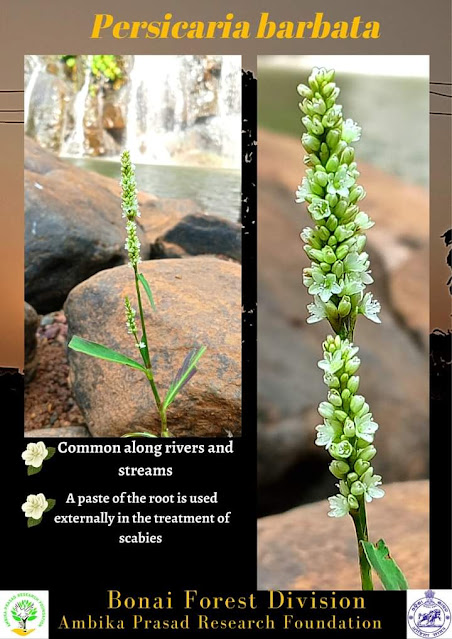
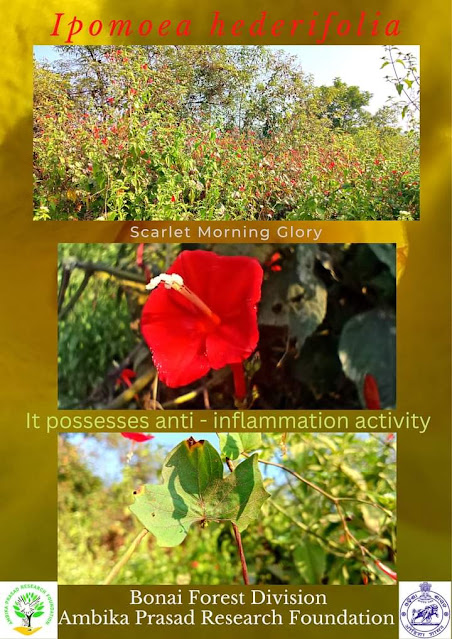
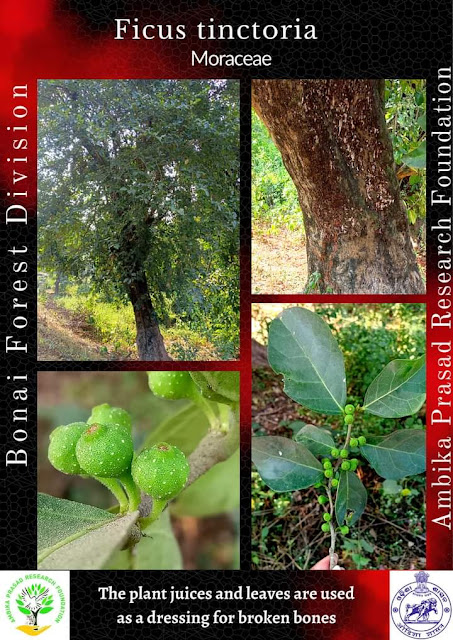

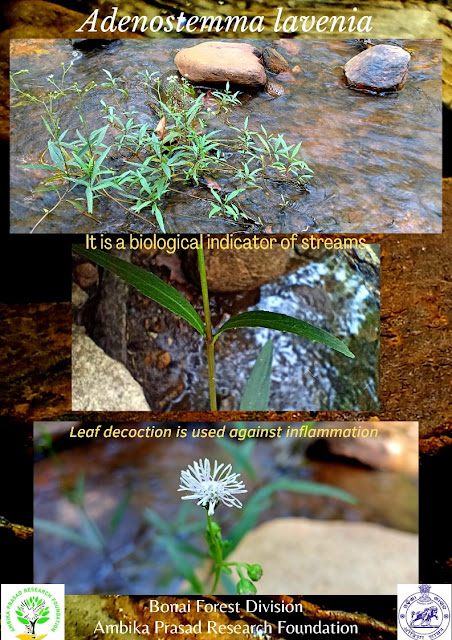
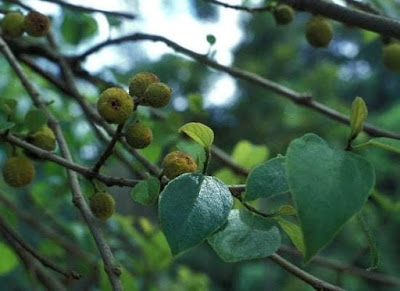
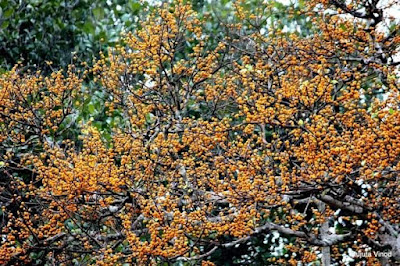
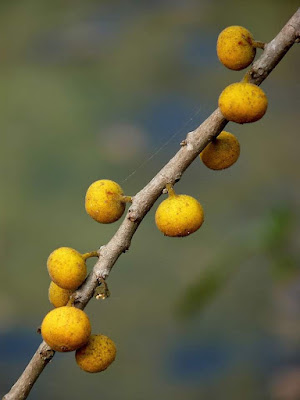
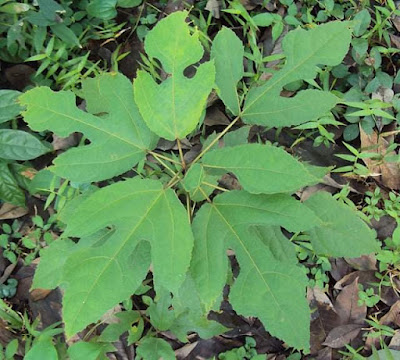
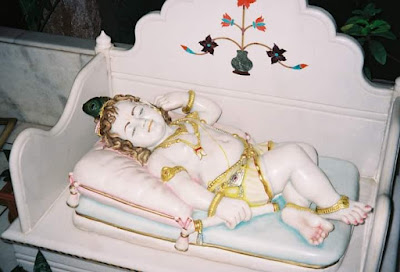
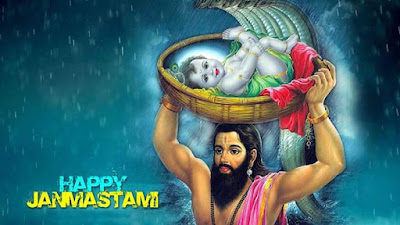
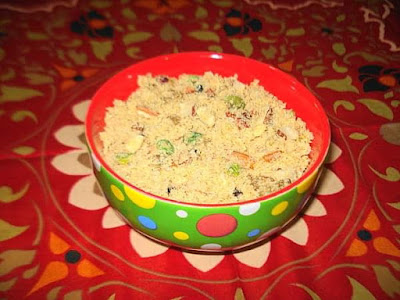
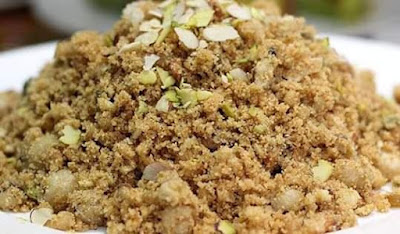
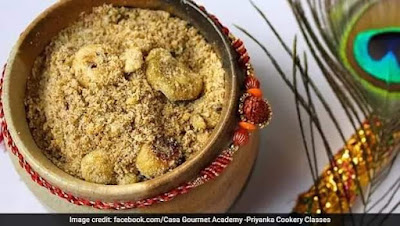
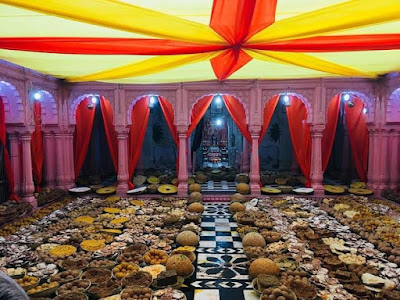
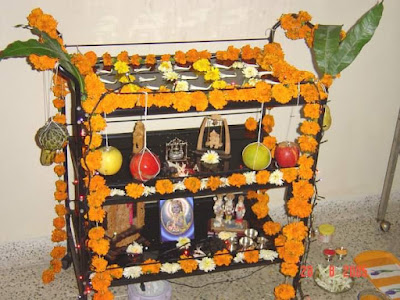


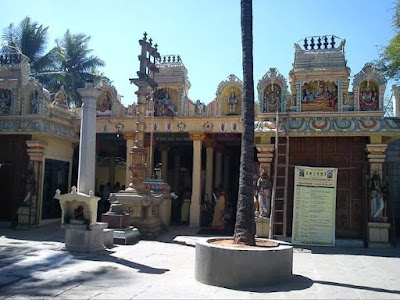
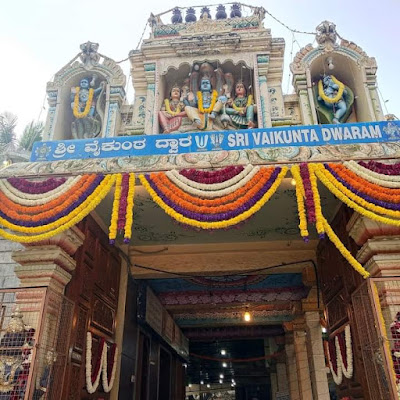
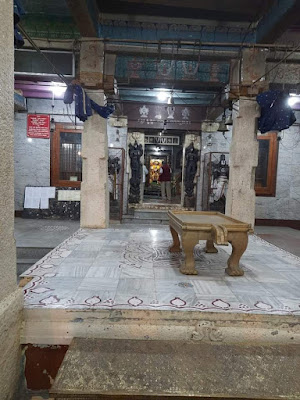
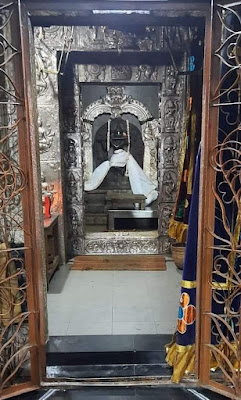
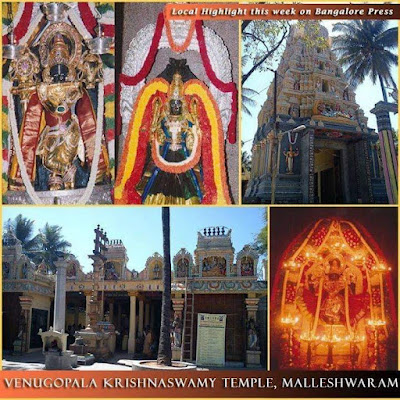
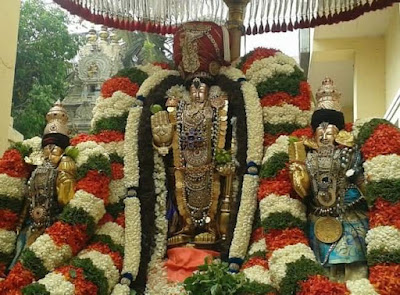
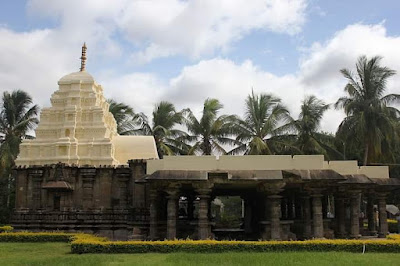
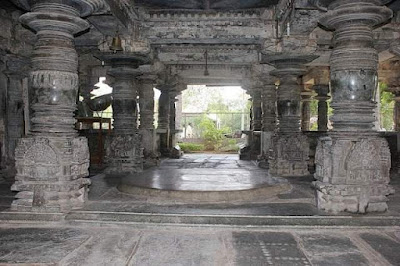
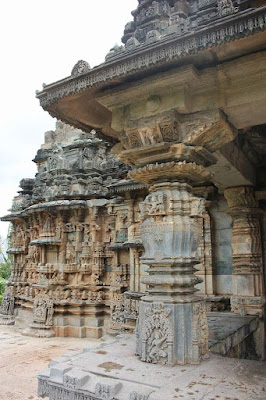
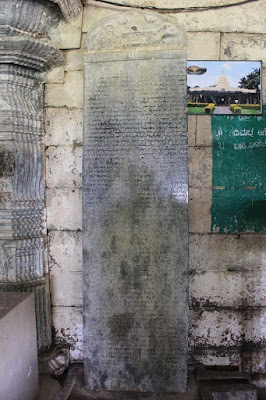

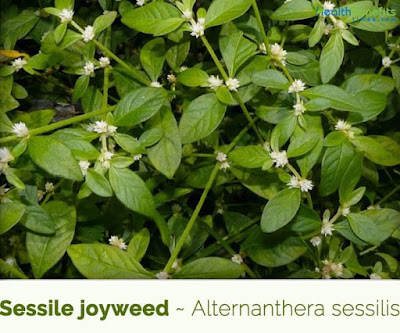
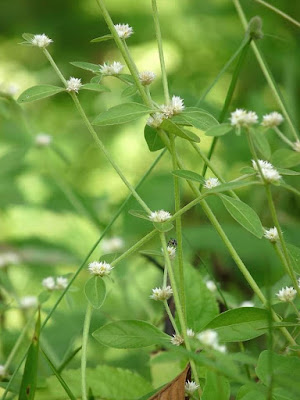
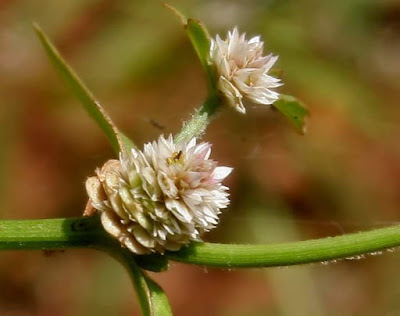
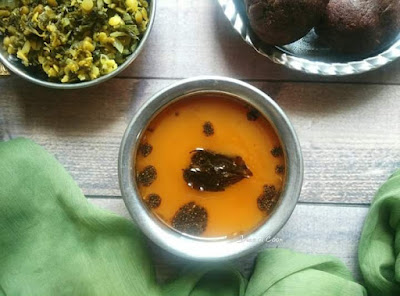
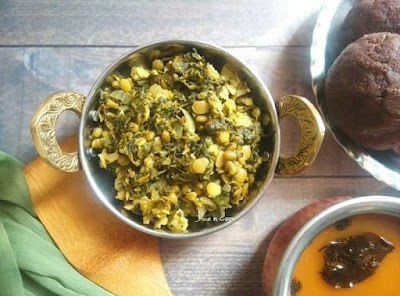
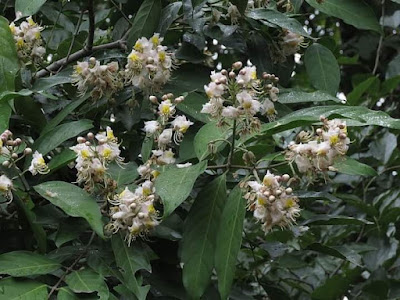
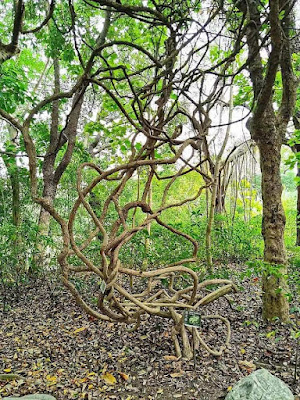

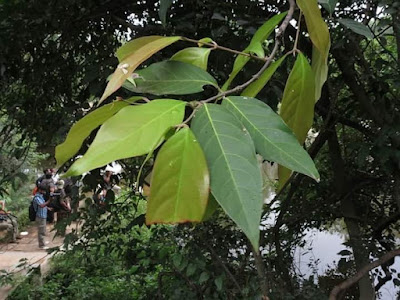

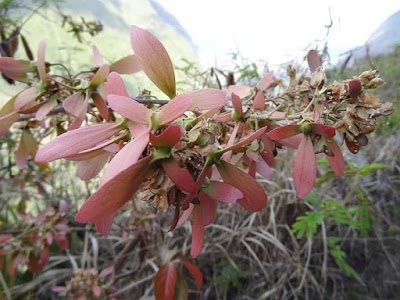

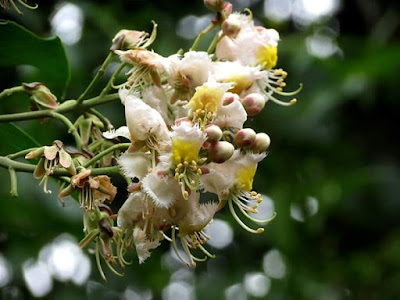
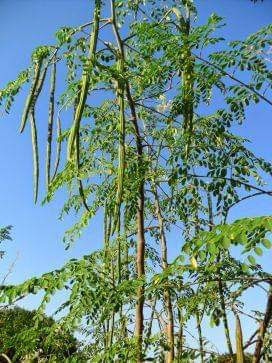
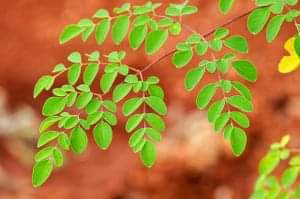
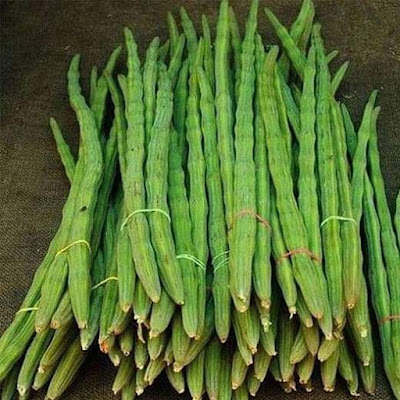
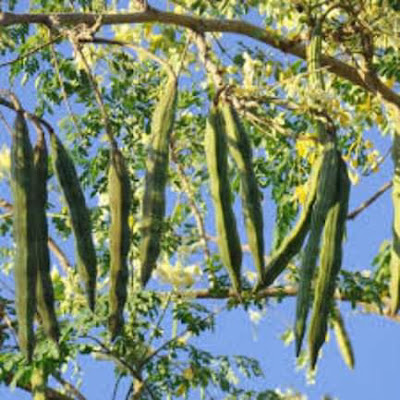


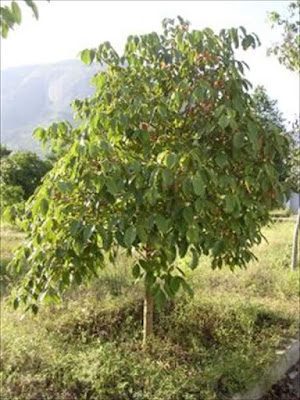
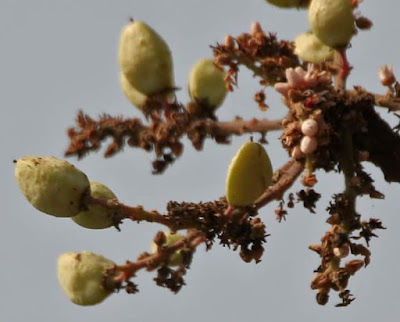
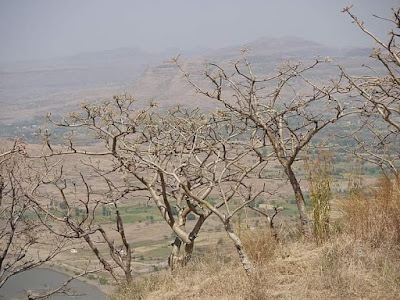

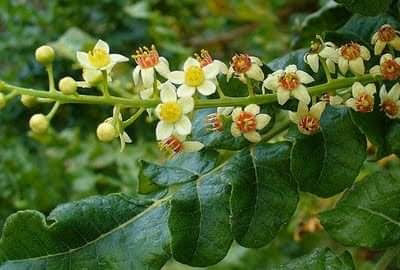

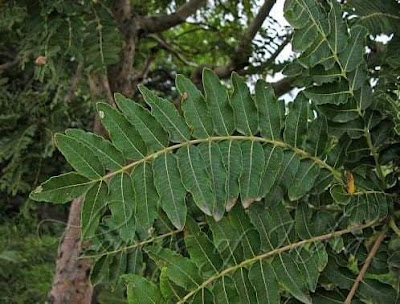
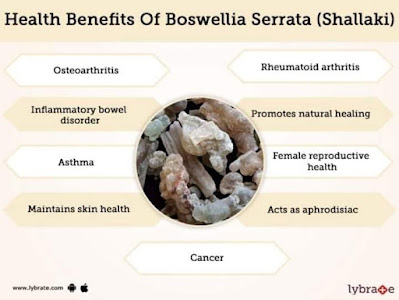
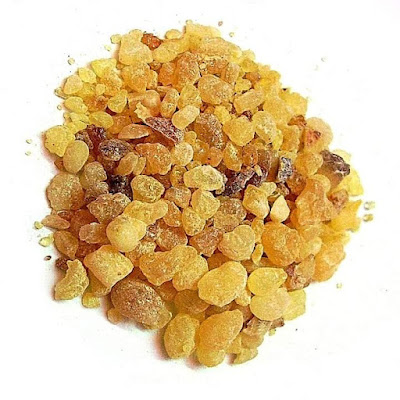
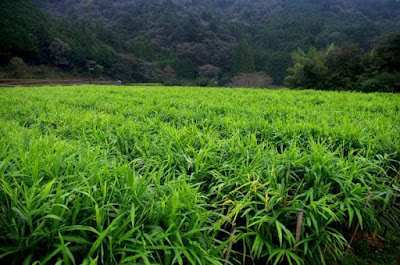

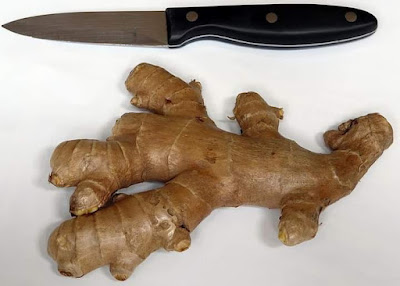

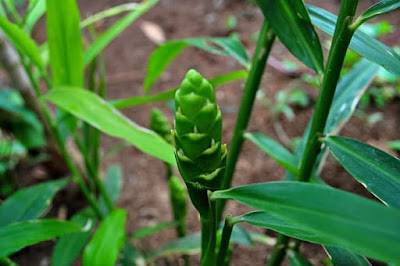
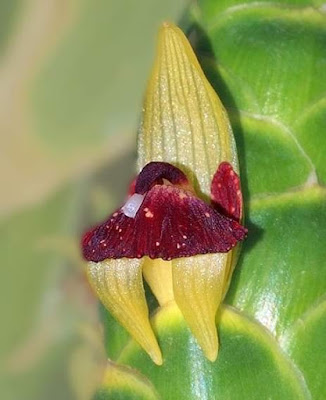
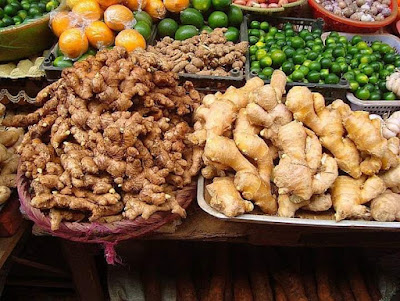
You must be logged in to post a comment.